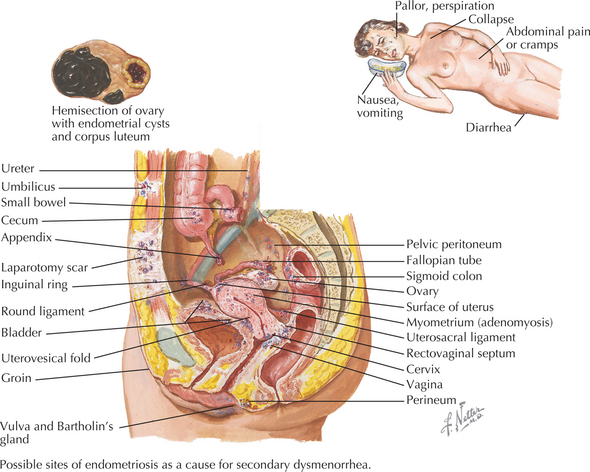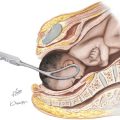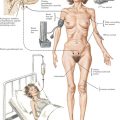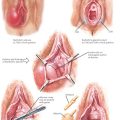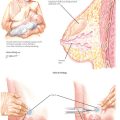Chapter 20 Dysmenorrhea: Primary and Secondary
INTRODUCTION
ETIOLOGY AND PATHOGENESIS
CLINICAL CHARACTERISTICS
DIAGNOSTIC APPROACH
MANAGEMENT AND THERAPY
Nonpharmacologic
Drug(s) of Choice
Alternative Drugs
FOLLOW-UP
Akin MD, Weingand KW, Hengehold DA, et al. Use of continuous low-level topical heat in the treatment of dysmenorrhea. Obstet Gynecol. 2001;97:343.
American College of Obstetricians and Gynecologists. Dysmenorrhea. Technical Bulletin 68. Washington, DC: ACOG, 1983.
Dawood MY. Dysmenorrhea. Clin Obstet Gynecol. 1990;33:168.
Dawood MY. Primary dysmenorrhea: advances in pathogenesis and management. Obstet Gynecol. 2006;108:428.
Deligeoroglou E, Tsimaris P, Deliveliotou A, et al. Menstrual disorders during adolescence. Pediatr Endocrinol Rev. 2006;3(Suppl 1):150.
Doty E, Attaran M. Managing primary dysmenorrhea. J Pediatr Adolesc Gynecol. 2006;19:341.
Harel Z. Dysmenorrhea in adolescents and young adults: etiology and management. J Pediatr Adolesc Gynecol. 2006;19:363.
Latthe PM, Proctor ML, Farquhar CM, et al. Surgical interruption of pelvic nerve pathways in dysmenorrhea: a systematic review of effectiveness. Acta Obstet Gynecol Scand. 2007;86:4. Review
Lentz GM. Primary and secondary dysmenorrhea, premenstrual syndrome, and premenstrual dysphoric disorder. In: Katz VL, Lentz GM, Lobo RA, Gershenson DM, editors. Comprehensive Gynecology. 5th ed. Philadelphia: Mosby/Elsevier; 2007:901.
Proctor M, Farquhar C. Diagnosis and management of dysmenorrhoea. BMJ. 2006;332:1134.
Proctor ML, Farquhar CM. Dysmenorrhoea. Clin Evid. 2006;15:2429.

